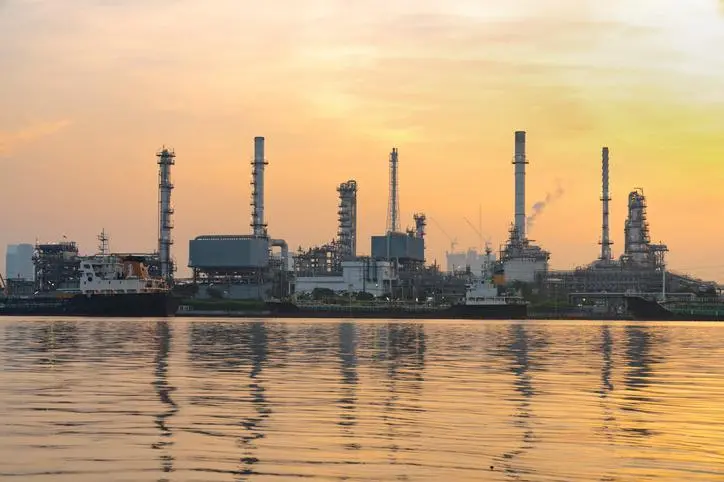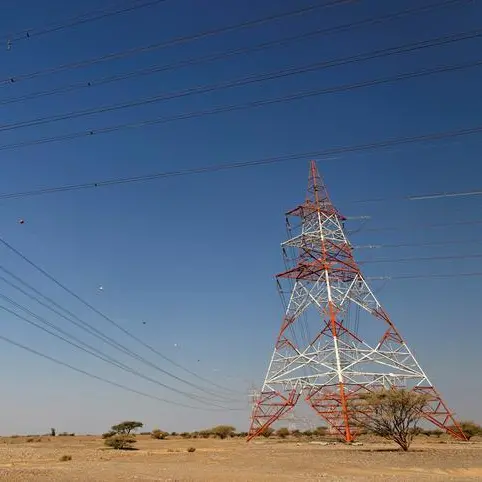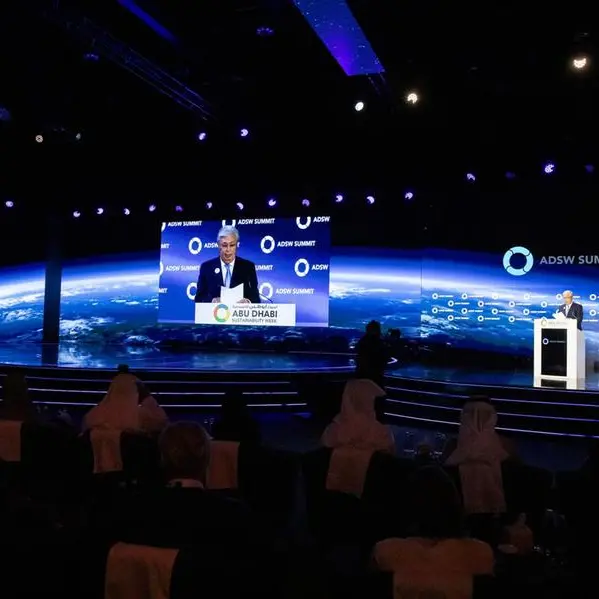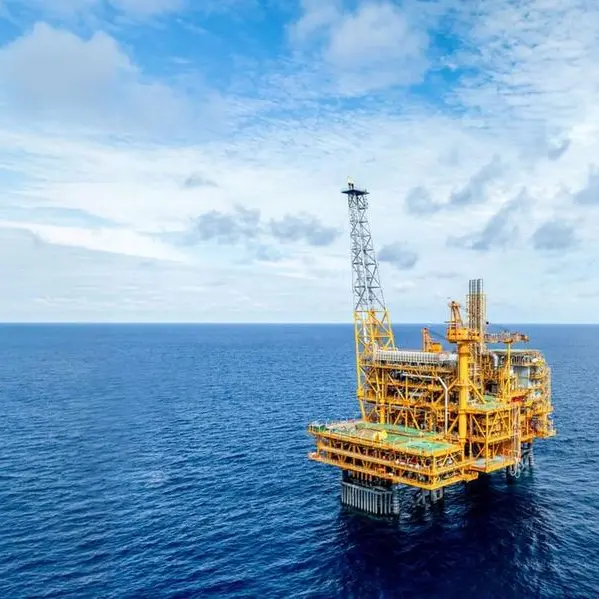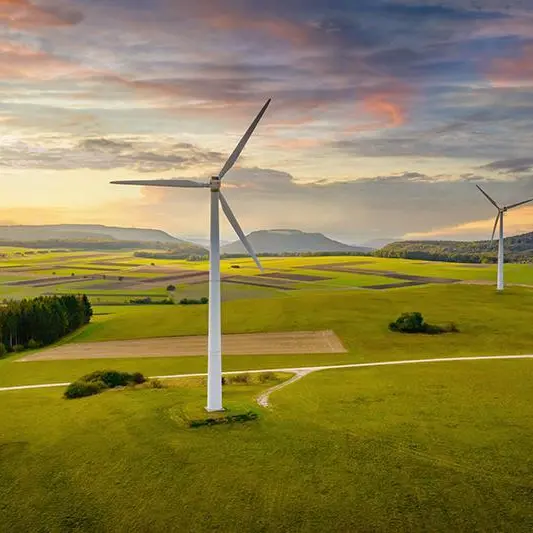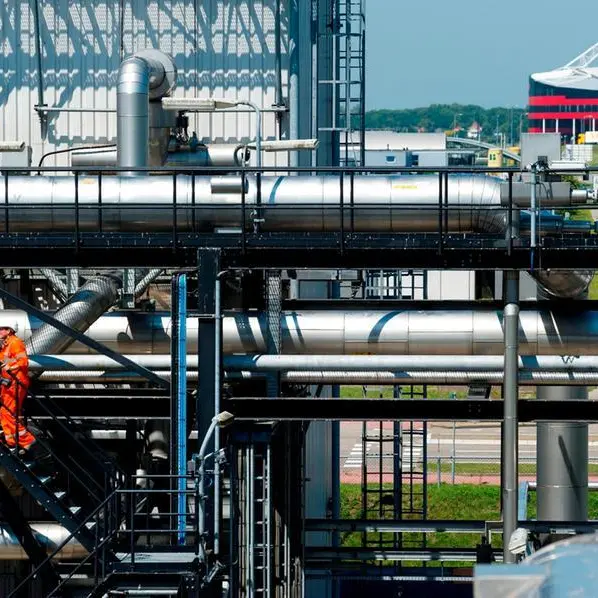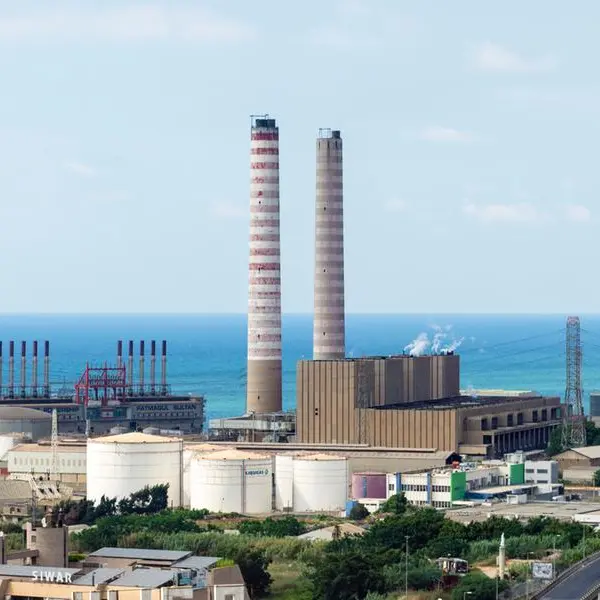PHOTO
Energy investments in the Middle East and North Africa (MENA) region will rise by nine percent to reach $870 billion over the next five years, as economies look to achieve energy security and transition to a cleaner energy mix, according to Saudi-based Arab Petroleum Investments Corporation (APICORP).
The total value of planned and committed investments, which will be $74 billion higher than the previous estimate of $805 billion, will be led by Saudi Arabia, followed by Iraq, Egypt and the UAE, the multilateral development bank said.
Out of the total committed investments, the GCC will account for 45 percent, which is 50 percent higher than the average of 30 percent for the MENA region.
“The region continues to progress in its unique energy transition path… MENA countries shoulder the largest share of global investments in oil and gas going forward to ensure global energy security and avoid an impending super cycle that may severely hamper the world economy,” noted Ramy Al-Ashmawy, Senior Energy Specialist at APICORP.
Countries around the world have planned various projects to achieve energy security. At the same time, these countries have also put diversification and transition toward renewables at the top of their agenda.
Within the MENA region, renewables are forecast to add 5.6 gigawatts (GW) of installed capacity this year, which is nearly double the 3 GW that came online last year. By 2026, additional installed capacity from renewables will be 33 GW.
Natural gas is still expected to grow and maintain its power generation share of around 70 percent to 75 percent across the region by 2024. Gas-fired generation is likely to increase in Saudi Arabia in the next five years, while oil-fired power output could drop over the same period.
Decarbonisation
Al-Ashmawy noted that the region continues to allocate financial resources for decarbonisation, renewables and clean energy as part of the long-term strategic vision to reduce carbon emissions.
APICORP’s analysis also noted that across the MENA region, blue and green hydrogen will dominate the emerging hydrogen markets in the near term.
It said that hydrogen markets are expected to scale up. In the GCC and North Africa, specifically, efforts will focus on exporting low-carbon hydrogen to Europe and Southeast Asia.
As for meeting renewable targets, Morocco and Jordan are leading the charge, having achieved 40 percent and 20 percent, respectively, of installed capacity from renewable energy last year.
Countries like the UAE, Saudi Arabia, Egypt and Oman still have relatively low renewable energy generation, but the share is expected to increase significantly, given that there are several projects in the pipeline, according to APICORP.
(Reporting by Cleofe Maceda; editing by Seban Scaria)
